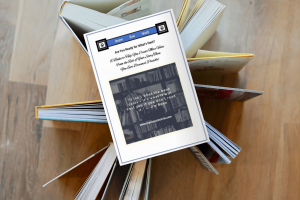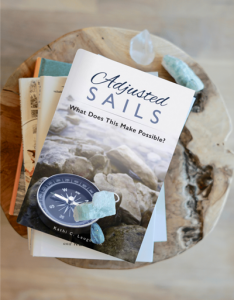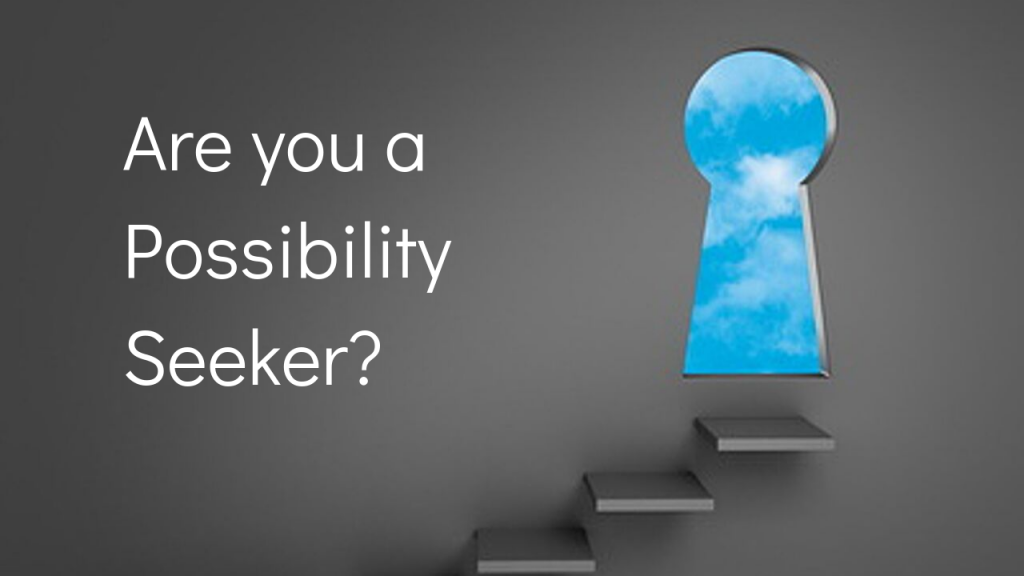Recently I have been spending time thinking about my home. After many years of sacrifice and living in places owned by other people, I experienced a special pride when they handed me the keys. The house was mine. Even though that moment was twenty years ago, I remember it like it was yesterday.
 As the original owner, I had the privilege of watching the house go from blueprint to punch list.
As the original owner, I had the privilege of watching the house go from blueprint to punch list.
There were many life lessons during that process but none more profound than those around the importance of having a sound foundation. Everything about the house’s possibilities started there.
I remember going to the property soon after the foundation slab had been poured. My daughter Lauren and I walked around imagining walls and windows. We were creating a vision for our life standing there on that bit of concrete.
The foundation was giving shape to everything that would come.
My time recently has also been focused on continuing to deepen my understanding of resiliency for the book I am currently writing. I’ve come to understand that resiliency begins the same way our house did. It is our personal foundation that gives shape to everything that will come. Everything in our life vision begins in having a foundation that can support it. Of everything that serves us as we experience life, this is the most fundamental. When the foundation is right, the house of our life will stand. It will need maintenance and care, even some significant attention over time; but to stand, it begins with the right foundation.
And that’s where resiliency lives. It is right there in the foundation. Because knowing what we stand on, what we value and care about is in fact the beginning of resiliency. Once you know what you are building, choices are clearer.
The reality is that resiliency isn’t about endurance or perseverance as many believe although it can foster both. What resilience is really about is transformation. In short, it is the true genesis for living a fulfilled and enriched life. It protects our joy in life. Because when we are resilient, we take what happens in our lives and USE it. We don’t simply endure it. We transform our lives with it by defining its purpose as something that serves us and what we value.
Whatever our values may be, we can find our own resilience muscle there. Whatever may happen in life, there is something in each situation that can honor what we value if we seek and embrace it. And from there, we can always build again.





 If you want someone to act, give them hope. That is the cornerstone of every effective plan in existence. Regardless of inspiration or idea, for us to act, we need to have sufficient hope that there can be an outcome that we want.
If you want someone to act, give them hope. That is the cornerstone of every effective plan in existence. Regardless of inspiration or idea, for us to act, we need to have sufficient hope that there can be an outcome that we want. The key it would seem is to be doing. To allow ourselves as Einstein taught to look for what is rather than what we think should be. We must pursue value over rungs of the ladder of success.
The key it would seem is to be doing. To allow ourselves as Einstein taught to look for what is rather than what we think should be. We must pursue value over rungs of the ladder of success.
 Welcome back! We are continuing our conversation about achieving a positive rate of return on our investments outside of invested cash.
Welcome back! We are continuing our conversation about achieving a positive rate of return on our investments outside of invested cash. In this post we are returning to our series focused on achieving a positive rate of return on our investments outside of a purely financial measurement.
In this post we are returning to our series focused on achieving a positive rate of return on our investments outside of a purely financial measurement.

